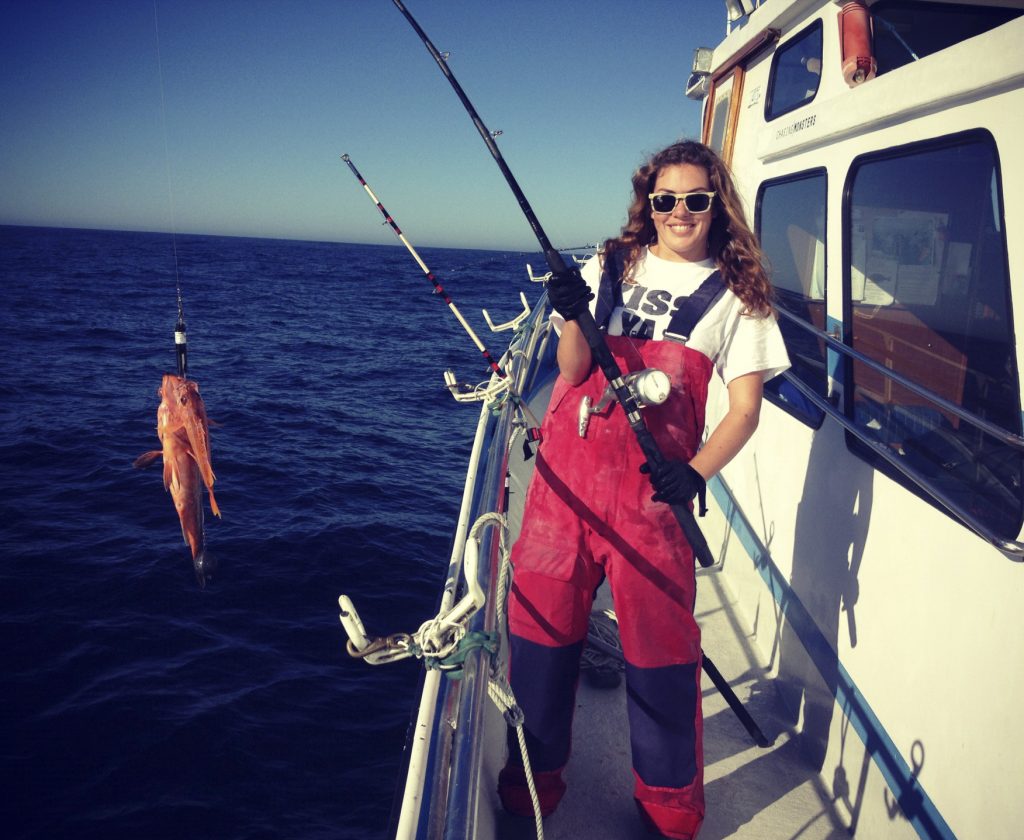Rockfish Conservation Area Surveys
Rockfishes (genus Sebastes) are among the most numerous and important fishes (both commercially and recreationally) in California's nearshore environment. Due to previous overfishing of several key species, however, fishery management agencies have reduced allowable catches through a combination of bag limits, gear restrictions, and area closures.
In 2002, the Pacific Fishery Management Council enacted area closures in the form of Rockfish Conservation Areas (RCAs) because of the critically low population sizes of seven overfished rockfish species. These areas prohibit the take of rockfishes across vast stretches of continental shelf along the west coast. The assessment of these RCAs, which have now been closed for over a decade, is of keen interest to determine their effects on local rockfish populations. As a result, the Fisheries & Conservation Biology Lab at MLML conducted two separate collaborative fisheries projects to evaluate potential temporal changes in the species compositions, densities, length frequencies and bycatch of fishes in central California RCAs.
Project 1: RCA Hook and Line Surveys : we assessed the efficacy of the RCA by comparing data from hook and line fishing surveys (2012-2014) with historical catch data collected by the California Department of Fish and Game (1988-1995)
Project 2: Deepwater Video Lander: We developed a rotating video Lander to test whether altered vertical longlines could be used to target abundant fish stocks while avoiding overfished species


